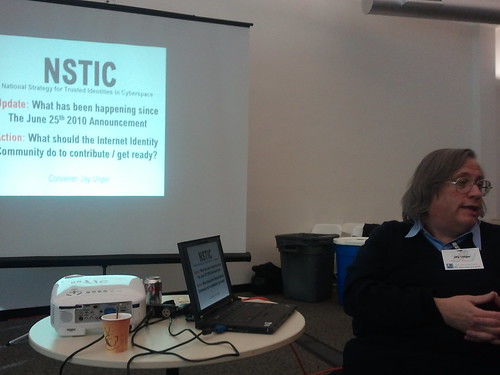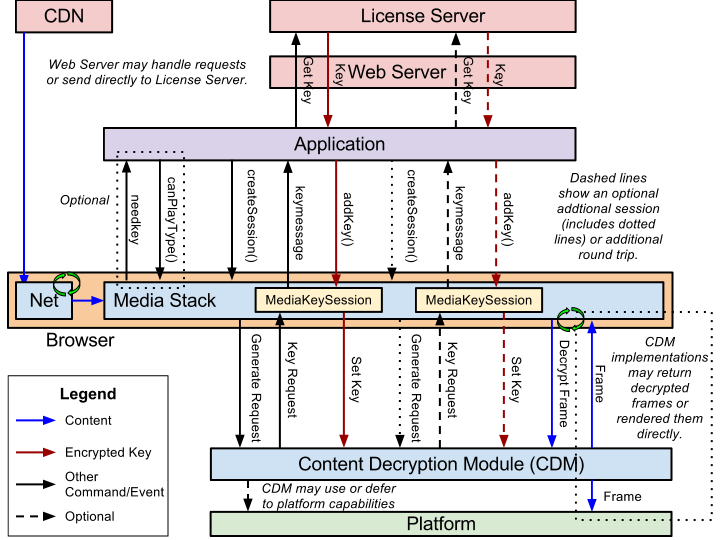Jay Unger’s IIW11 slides are a very helpful introduction to the 36 page National Strategy for Trusted Identities in Cyberspace document produced by Deloitte last year. Also, during the session, Jay shared some things he had heard from the Department of Homeland Security such as “expect the ecosystem to be private sector led” and suggested that this initiative was leading towards commerce (“reading between the tea leaves”). It seems Jay was right and it seems to me that the main catalyst here, although not clearly defined as a vision, was stated in the White House blog post on NSTIC this week.
we can…cut costs for businesses and government by reducing inefficient identification procedures.
Think about how much money businesses and government could save for each customer it can convert from doing things by phone and mail versus online. “Money is what jumpstarts this” is among my notes from the IIW session.
So, it seems a good question to ask about trusted identities is “trusted by who?” If the goal is to reduce costs which is desired by business and government, who truly needs to trust them are we, the people. This seems to be a matter of changing our perception about the security of doing our business online. Of course, there will still be security vulnerabilities and privacy compromises. We just need to perceive that NSTIC is fixing those. Therefore, I agree with Kaliya Hamlin’s sentiment that We Shouldn’t Freak Out About NSTIC.
Update 1/11: Here is the video of last Friday’s Stanford Institute for Economic Policy Research event with Commerce Secretary Gary Locke and White House Cybersecurity Coordinator Howard Schmidt and ID Commons post-event conference call notes. To keep updated with these calls, check here.
IIW11 was held November 2-4, 2010. IIW12 is is May 3-5, 2011 in Mountain View, California.





